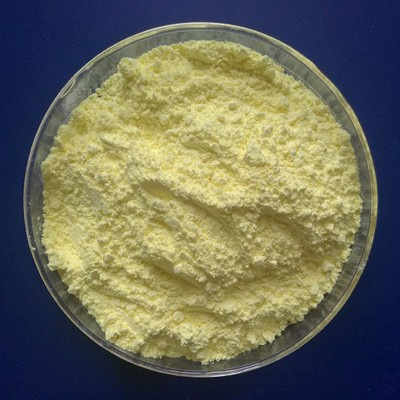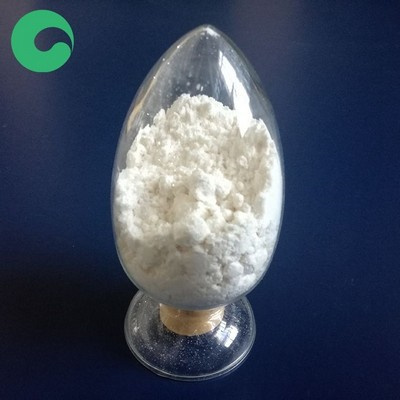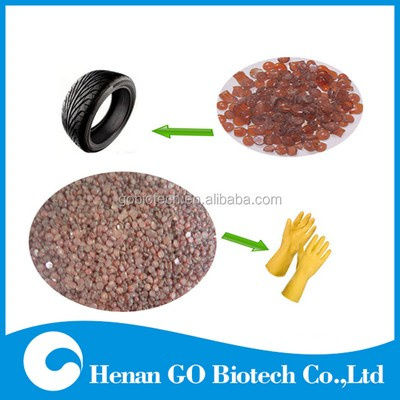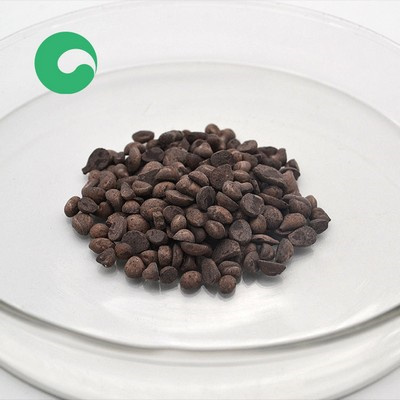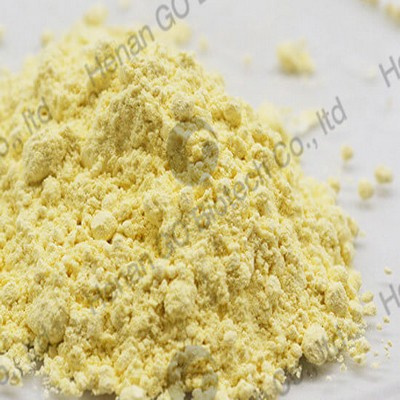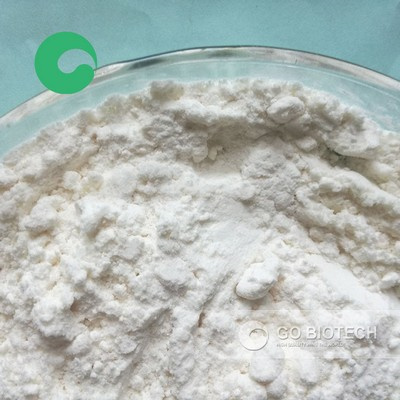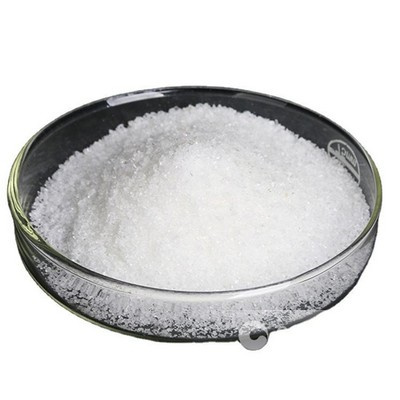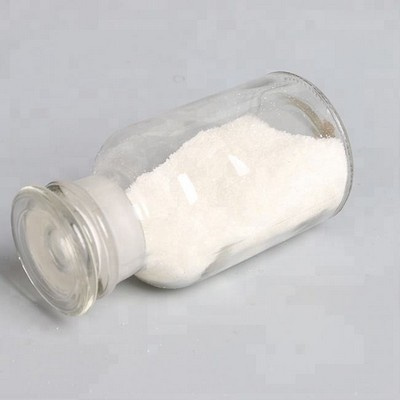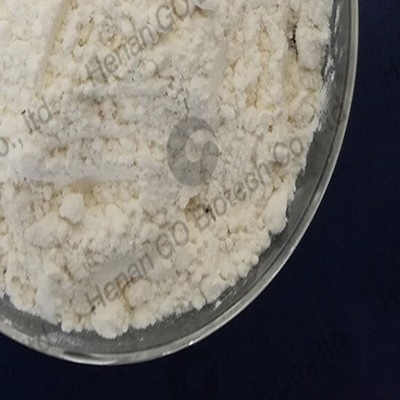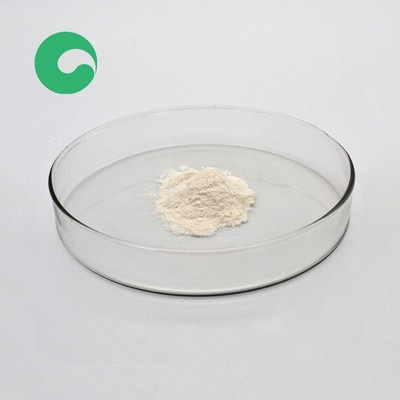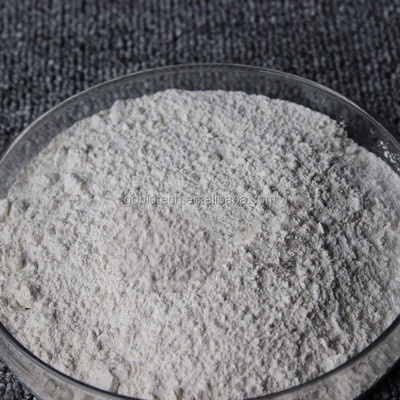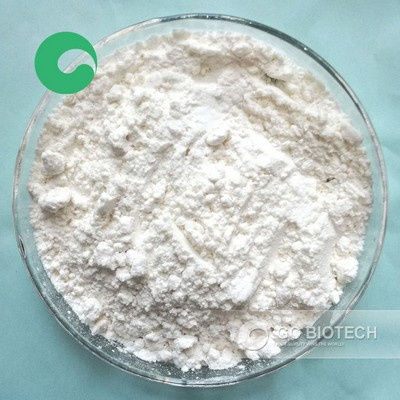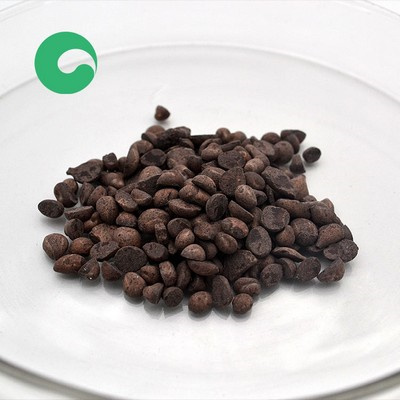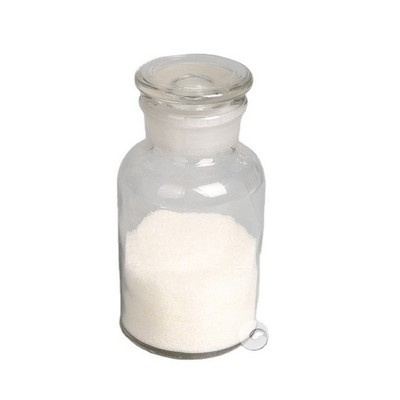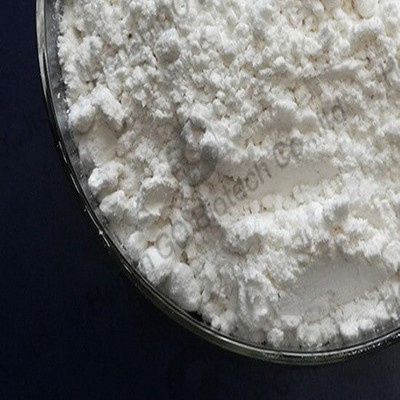CN105131500B A kind of high rebound TPE
The invention discloses a kind of high rebound TPE thermoplastic elastomer (TPE)s and preparation method thereof, which includes the ingredient of following mass percent:39~49% SEBS, 5~10% homopolymerization PP, 30~40% white oil, 5~9% dimethicone, 4~8% calcium carbonate, 0.2~0.4% lubricant, 0.2~0.4% antioxidant.In addition to this it is also added into
Uses insoluble sulfur in rubber industries, as curing agents make rubber surface spray cream, which will improve the steel-adhesive binding, because the plastic uniform distribution, which would ensure the quality of vulcanization, is the best rubber curing agent, insoluble sulfur is widely used tire carcass compound,in particular meridian tires all steel, insoluble sulfur can
Elastomers Knowde
Nipol BR is widely used and has proved satisfactory in a variety of manufacturing processes for such products as tires, footwear, vibration-insulating rubber, and high impact polystyrene.UsesAuto tires, bicycle tires, aircraft tires, tire treads, camelback, conveyor belts, V-belt, packings, seals, footwear, coated fabrics, molded and extruded
Below you will find some of the rubber, chemical and structural materials used to make tires. Rubbers. Natural rubber. Most natural rubber comes from para rubber trees. The properties of natural rubber include durability and abrasion resistance. Antioxidant inhibits oxidation of rubber. Sulfur. sulfur gives rubber greater elasticity
WO2015114131A1 Antioxidant stabiliser for polymers
A commonly used phenolic antioxidant is a butylated reaction product of p-cresols and dicyclopentadiene (CAS 68610-51-5) commonly known as Antioxidant L (available commercially under the trade names Wingstay L, Lowinox CPL and Ionol LC) which has been used as a dispersion either alone or in combination with a thioester such as
SBR 1502 is widely used in bright colors and light color rubber products, such as tire lateral, transparent rubber shoes, adhesive tape, medical products and other general color products, etc. SBR 1712 is widely used in passenger car tire tread rubber, tire tread rubber, conveyer belt, rubber hose and general black rubber products, etc. SBR 1500 is widely used in carbon
Molding Rubbers U.S. Composites
Working Time: 8 to 10 Minutes. Demold Time: 24 Hours. Info: A self-thickening brushable mold rubber. Used primarily for blanket molds. Usually requires a mother mold backing to support the mold after it is made. Plaster or fiberglass and resin are commonly used for mother molds. Available in 2 Part Kits.
China Rubber Antioxidant manufacturer, Rubber Accelerator. Rubber Antioxidant 1076 Octadecyl-3- (3, 5-di-tert-butyl-4-hydroxyphenyl) -Propionate CAS 17796-82-6 Contact now Rubber Accelerator DPG CAS No. 102-06-7. Get Price
What's In a Tire U.S. Tire Manufacturers Association
Bead Tire bead bundles (usually strands of wire) secure the tire to the wheel.; Bead Filler A rubber compound placed above the bead bundle that may be used between the body plies which wrap around the bead to tune ride and handling characteristics.; Belts Typically, two belts with steel cords laid at opposing angles. Belts provide stability to the tread area of the tire, which
1. Introduction. Of all synthetic rubbers, styrene-butadiene rubber (SBR) possesses the largest share in the market and has been widely used in many industrial products (e.g., tires, hoses, and tapes) because of its outstanding comprehensive properties [1,2].However, SBR products are readily subjected to thermo-oxidative aging during the
- Which antioxidants are used in rubber vulcanization?
- The amine and phenolic antioxidants are the most widely used rubber antioxidants (Fig. 1b and c). Generally, the phenolic antioxidants have poor antioxidative efficiency (compared to amine antioxidants) and they can delay vulcanization, but they cause little discoloration problems.
- Are carbon dots a rubber antioxidant?
- Carbon dots as rubber antioxidants The carbon materials, such as carbon black, graphene, fullerene, etc, are well known to be able to retard the aging processes of various polymers including polyolefine, rubber, polyamide, etc., due to the active trapping of radicals .
- How does rubber antioxidant work?
- To prolong the service life of rubber composites by retarding their aging processes, rubber antioxidant initially relies on the use of a coating, such as paraffin, and coal tar, to physically isolate oxygen, but this protective layer would quickly lose the utility due to wear.
- Why do we need antioxidants for rubber composites?
- Therefore, for a real application, the antioxidants are indispensable to retard the thermal-oxidative-aging process of the rubber composites and then prolong the service life. In this review, we systematically review the recent progress of antioxidants for rubber.
- Are rubber antioxidants harmful?
- As shown in Table 1, many commonly used rubber antioxidants are damaging to human health and the environment. For example, the antioxidant MB (2-mercaptobenzimidazole), which is widely used in the manufacture of light-colored rubber products, is harmful to aquatic organisms and has a continuous effect.
- Are rubber antioxidants a rational design?
- The development of medical antioxidants also inspires the rational design of rubber antioxidants. Recently, Sun, et al. synthesized a novel antioxidant (APPT) containing aromatic amine, thiourea and allyl groups by the reaction between N-phenyl-p-phenylenediamine and allyl isothiocyanate (Fig. 3 b) .

